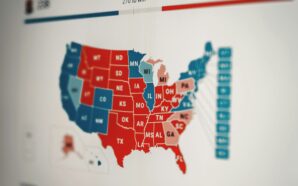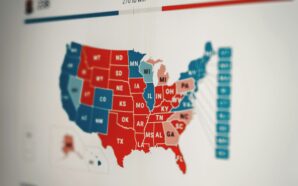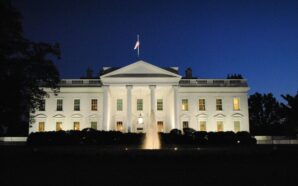

Credit: Unsplash
The Federal Reserve announced today that all 31 banks participating in its annual stress test have demonstrated their ability to withstand a severe hypothetical economic downturn while maintaining their capacity to lend to consumers and businesses.
In this year’s stress test, each bank met the requirement to absorb losses and retain capital above the minimum levels mandated by regulatory standards. The stress scenario included assumptions of a surge in unemployment to 10%, a 40% plunge in commercial real estate values, and a 36% drop in housing prices.
“This year’s results show that under our stress scenario, large banks would take nearly $685 billion in total hypothetical losses, yet still have considerably more capital than their minimum common equity requirements,” said Michael Barr, the Fed’s vice chair for supervision. “This is good news and underscores the usefulness of the extra capital that banks have built in recent years.”
The stress test, an annual regulatory exercise, ensures that banks maintain adequate reserves for potential bad loans and determines the limits on share repurchases and dividends. This year’s test included major institutions such as JPMorgan Chase, Goldman Sachs, American Express, and regional lenders like Truist.
Despite the aggregate capital levels falling by 2.8 percentage points—a steeper decline than last year’s—no bank faced significant challenges from the test’s assumptions, which were consistent with those used in the 2023 stress test. The decrease in capital levels is attributed to the banking industry’s increased holdings of consumer credit card loans and downgraded corporate bonds, coupled with squeezed lending margins compared to the previous year.
“While banks are well-positioned to withstand the specific hypothetical recession we tested them against, the stress test also confirmed that there are some areas to watch,” Barr added. “The financial system and its risks are always evolving, and we learned in the Great Recession the cost of failing to acknowledge shifting risks.”
Additionally, the Fed conducted an exploratory analysis on funding stresses and a potential trading meltdown, focusing on the eight largest banks. The results showed that these banks could withstand a sudden increase in deposit costs alongside a recession. In a scenario where five large hedge funds face collapse, the big banks would incur losses between $70 billion and $85 billion. The Fed noted that while the banks have significant exposure to hedge funds, they are resilient to various trading book shocks.
-
Sophia Rosing, a former University of Kentucky student, pleaded guilty on Monday to multiple charges stemming from a 2022...
-
In a dramatic twist to the 2024 presidential campaign, tech mogul Elon Musk has thrown his support behind Donald...
-
In a significant shake-up at Starbucks, Laxman Narasimhan has stepped down from his role as CEO and board member...
-
Walt Disney Parks and Resorts is challenging a wrongful death lawsuit filed by Jeffrey Piccolo, arguing that the case...
-
With President Joe Biden announcing that he will not seek reelection, the Democratic nomination process is set to shift....
-
The Republican-led House Oversight Committee has announced a hearing scheduled for next Monday, aiming to address questions directed at...
-
JPMorgan Chase is set to release its second-quarter earnings report before the opening bell on Friday, July 14. Investors...
-
President Joe Biden faced a critical moment on Tuesday as he secured his position for the Democratic nomination amidst...
-
The Biden administration has announced sanctions against the Israeli group “Tsav 9” for obstructing humanitarian convoys to Gaza. The...
-
Wednesday is poised to be a pivotal day for economic news, as investors and economists brace for a crucial...
-
As the November election looms, immigration and border policy are hot topics for voters like Laura Grant, an insurance...
-
AMC Entertainment Holdings Inc. successfully raised approximately $250 million through a stock sale completed on Monday, coinciding with the...




















